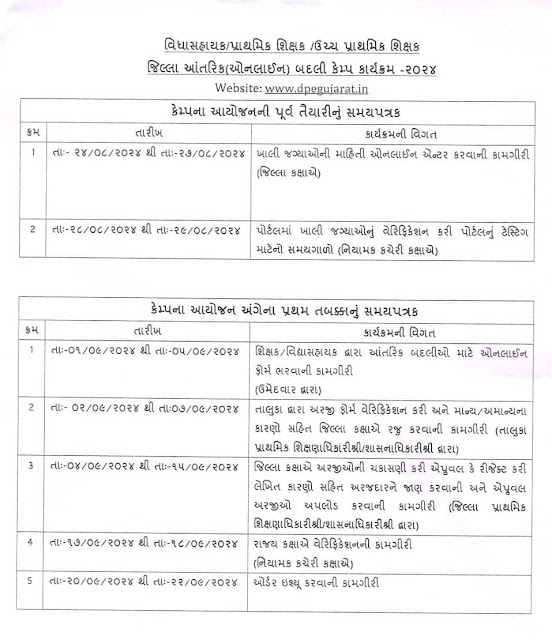15 August mate upyogi files see here
Click here for Jan gan man MP3 song
Click here for vande mataram mp3 song
Click here for Vijay vishwa tiranga mp3 song
Click here for desh bhakti PDF
Click here for rastradwaj vise ajani vato PDF
Click here for amantran patrika - 1 2018
Click here for amantran patrika -2 2018
Click here for ujavani
Click here for 15 August vise pdf file
Click here for Jan gan man MP3 song
Click here for vande mataram mp3 song
Click here for Vijay vishwa tiranga mp3 song
Click here for desh bhakti PDF
Click here for rastradwaj vise ajani vato PDF
Click here for amantran patrika - 1 2018
Click here for amantran patrika -2 2018
Click here for ujavani
Click here for 15 August vise pdf file
Following Indian rejection of the recommendations in the Simon Commissionan all-party conference was held at Mumbai in May 1928 intended to instil a sense of liberation among people. The conference appointed a drafting committee under Motilal Nehru to draw up a constitution for India. The Kolkata session of the Indian National Congress asked the British government to accord dominion status to India by December 1929, or a countrywide civil disobedience movement would be launched. In the midst of rising political discontent and increasingly violent regional movements, the call for complete sovereignty and an end to British rule began to find increasing grounds for credence with the people. Under the presidency of Jawaharlal at his historic Lahore session in December 1929, the Indian National Congress adopted the objective of complete self-rule. It authorised the Working Committee to launch a civil disobedience movement throughout the country. It was decided that 26 January 1930 should be observed all over India as the Purna Swaraj(complete self-rule) Day. Many Indian political parties and Indian revolutionaries of a wide spectrum united to observe the day with honour and pride.[citation needed]
In March 1931, the Gandhi-Irwin Pact was signed, and the government agreed to set all political prisoners free (although, some of the great revolutionaries were not set free and the death sentence for Bhagat Singh and his two comrades was not taken back which further intensified the agitation against Congress not only outside it also from within). For the next few years, Congress and the government were locked in both conflict and negotiations until what became the Government of India Act 1935 could be hammered out. By then, the rift between the Congress and the Muslim League had become unbridgeable as each pointed the finger at the other acrimoniously. The Muslim League disputed the claim of the Congress to represent all people of India, while the Congress disputed the Muslim League's claim to voice the aspirations of all Muslims.
The Civil Disobedience Movement indicated a new part in the process of the Indian self-rule struggle. As a whole, it became a failure by itself, but it brought the Indian population together, under the Indian National Congress's leadership. The movement made the Indian people strive even more towards self-rule. The movement allowed the Indian community to revive their inner confidence and strength against the British Government. In addition, the movement weakened the authority of the British and aided in the end of the British Empire in India. Overall, the civil disobedience Movement was an essential achievement in the history of Indian self-rule because it persuaded New Delhi of the role of the masses in self-determination
CLICK here for all in one pdf file

